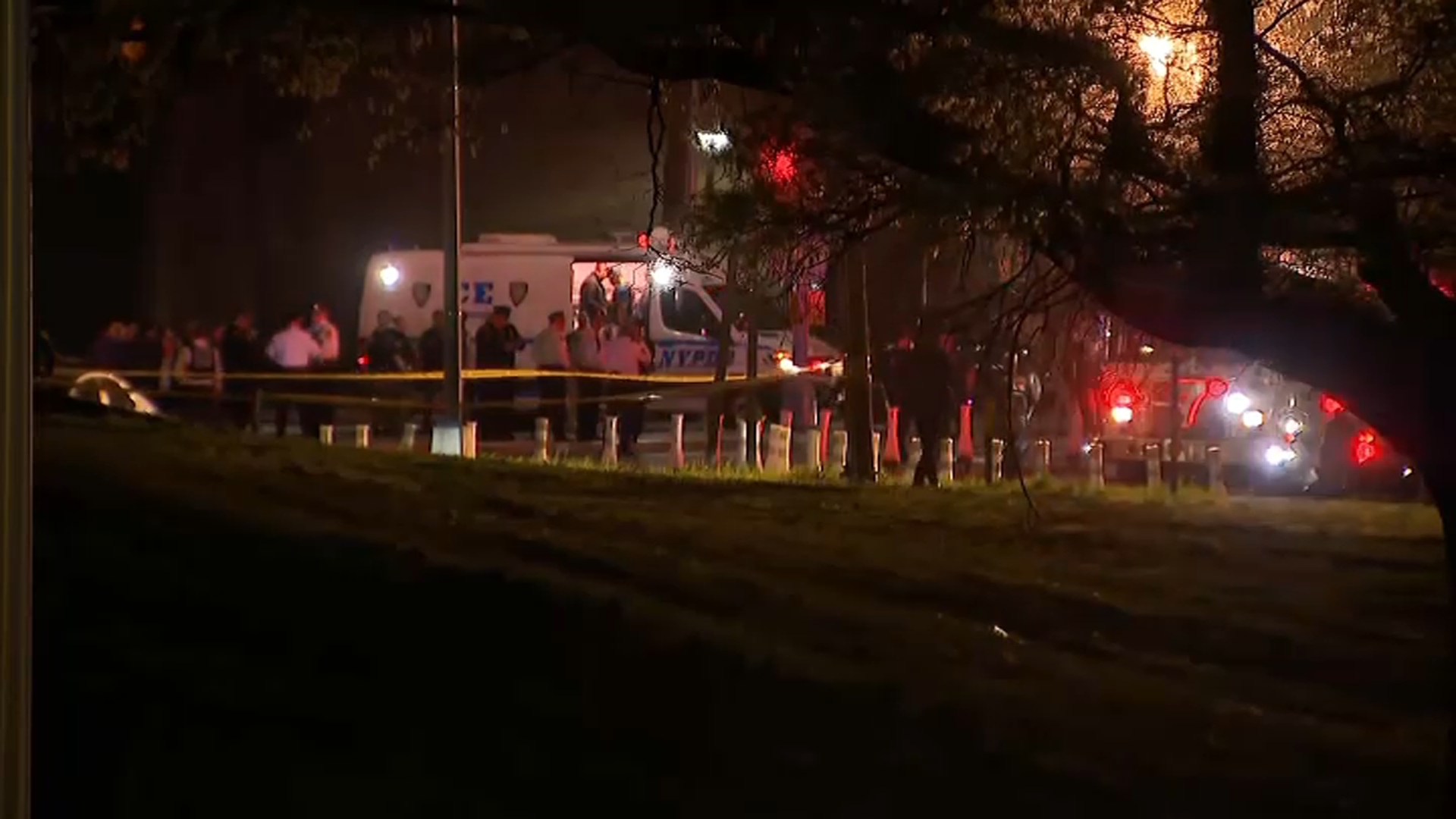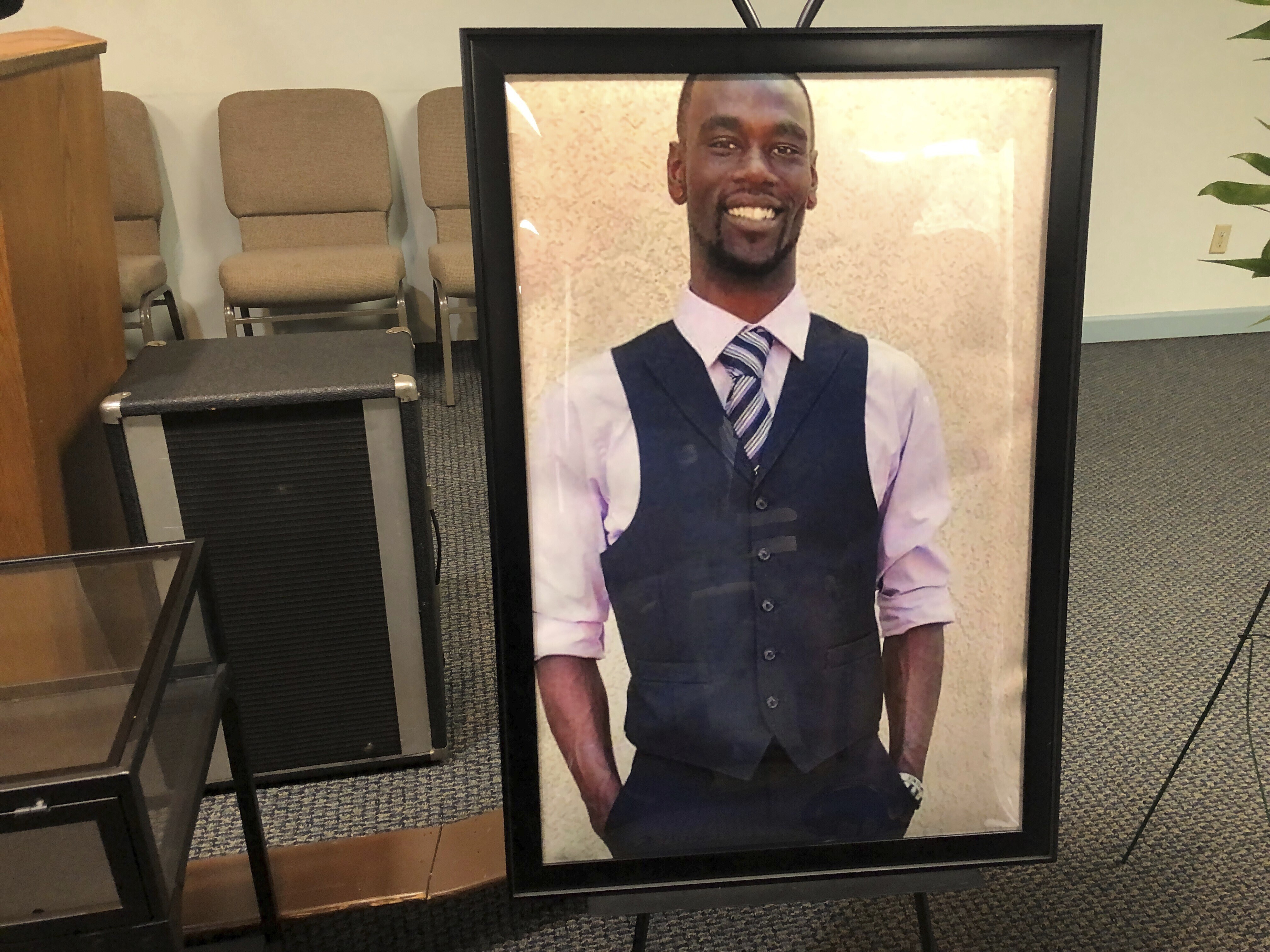Fatal Shooting: Porsche Driver Killed by Police in Brooklyn
Brooklyn Porsche Pursuit Ends in Fatal Police Shooting: What We Know
A Deadly Night in Brooklyn: Introduction
Tragedy struck Brooklyn Tuesday night. According to the NYPD, a 28-year-old man driving a stolen Porsche died after being shot by a police officer during an attempted traffic stop. The incident unfolded on the Belt Parkway and its service roads, leaving many questions unanswered. Was this a case of split-second decisions? Could the situation have been handled differently? Let’s delve into the details we have so far.
The Initial Stop and the Stolen Vehicle
It all started innocently enough, or so it seemed. Officers on patrol flagged the Porsche as "suspicious" just after 8 p.m. on the Belt Parkway. A quick check of the license plate revealed the vehicle had been reported stolen out of Pennsylvania. Think about that for a second – a routine check turning into a life-or-death scenario.
Suspicious Vehicle: What Does That Mean?
What exactly constitutes a "suspicious" vehicle? This could be anything from erratic driving to a missing tail light. The key takeaway here is that the police were vigilant and proactive. It also shows the importance of technology in law enforcement. Without the ability to quickly check the license plate, this incident might not have occurred, or perhaps it would have unfolded in a completely different way.
The Chase and the Roadblock
When officers attempted to pull the Porsche over, the driver didn't comply. He initially exited the parkway, then bizarrely got *back* on it. This evasive maneuvering escalated the situation considerably. Imagine the tension in the pursuing police cars!
Escalation: The Driver's Choices
The driver's decision to flee only compounded the situation. Instead of pulling over and cooperating, he chose to run. This raised the stakes and undoubtedly increased the officers' suspicion. Was he trying to hide something else? What was so important that he was willing to risk everything?
The Critical Moment: Officer in Danger?
The Porsche then abruptly veered onto a service road where officers had established a roadblock. According to Chief Chell, the Porsche "came into close proximity" of one of the officers, nearly striking him. This is where the situation became critical.
"Close Proximity": A Matter of Perspective
The term "close proximity" is subjective. Was the officer directly in the path of the car? Was he merely close enough to feel threatened? The investigation will undoubtedly focus on this precise moment to determine if the officer's actions were justified. This is often the key point in cases involving police shootings.
The Fatal Shot and Its Aftermath
In what must have been a split-second decision, an officer fired at the driver. The vehicle, now out of control, continued moving and collided with another police vehicle. The driver was shot and ultimately died at the scene.
Lifesaving Measures: A Race Against Time
Despite the circumstances, officers immediately attempted to provide medical assistance to the driver. "Lifesaving measures" were performed, but tragically, they were unsuccessful. This underscores the fact that police officers are often the first responders in emergency situations.
The Passenger and the Investigation
A passenger in the Porsche was apprehended at the scene. Their identity and involvement are still under investigation. What did they know? Were they an accomplice? Were they simply caught in the wrong place at the wrong time? Only time will tell.
Witness Testimony: A Crucial Component
The passenger's testimony will be critical in determining exactly what happened in the moments leading up to the shooting. They may be able to shed light on the driver's motives and the events that unfolded inside the car.
Stolen Vehicle: A Growing Problem?
The fact that the Porsche was stolen raises broader questions about vehicle theft and its connection to other crimes. Are these isolated incidents, or is there a larger pattern at play?
Vehicle Theft: A Gateway Crime?
Sometimes, vehicle theft is more than just stealing a car. It can be a gateway crime, leading to other offenses like drug trafficking, armed robbery, or even more serious crimes. Understanding the root causes of vehicle theft is essential for developing effective prevention strategies.
The Use of Force: Policy and Training
This incident inevitably brings up the issue of police use of force. What are the NYPD's policies on when officers are authorized to use deadly force? What kind of training do they receive in de-escalation techniques?
De-escalation: A Crucial Skill
De-escalation training is designed to equip officers with the skills and knowledge to resolve potentially violent situations without resorting to force. The goal is to slow things down, create space, and communicate effectively to find a peaceful resolution. However, that is not always possible.
Community Reaction and Transparency
In the wake of any police shooting, community reaction is often swift and intense. It's crucial that the NYPD be transparent and accountable in its investigation to maintain public trust.
Transparency: Building Trust
Transparency means being open and honest about the facts of the case, releasing relevant information to the public, and cooperating fully with any independent investigations. This helps to build trust between law enforcement and the communities they serve.
The Belt Parkway: A Hotspot for Crime?
Is the Belt Parkway a particular hotspot for criminal activity? Are there specific factors that make it attractive to criminals? Analyzing crime data can help to identify trends and patterns.
Data Analysis: Identifying Trends
By analyzing crime data, law enforcement can identify areas that are particularly vulnerable to certain types of crime. This information can then be used to deploy resources more effectively and to develop targeted prevention strategies.
The Ongoing Investigation and Body Cameras
The NYPD is conducting a full investigation into the shooting. Body camera footage, if available, will be crucial in piecing together what happened. Are all officers equipped with body cameras? Did the officer involved have his camera activated?
Body Cameras: Capturing the Truth?
Body cameras can provide an objective record of police encounters, helping to ensure accountability and transparency. However, they are not a perfect solution. Issues like camera angles, audio quality, and the timing of activation can all affect the interpretation of the footage.
Legal Ramifications and Potential Lawsuits
The shooting will likely have significant legal ramifications. Could the officer face criminal charges? Will the driver's family file a civil lawsuit against the city? These are all questions that will be answered in the coming months.
Civil Lawsuits: Seeking Justice
Civil lawsuits are often filed in cases involving police shootings, alleging that the officer used excessive force or violated the victim's civil rights. These lawsuits can be costly and can have a significant impact on the officer's career and reputation.
The Larger Debate: Policing in America
This incident is sure to reignite the ongoing debate about policing in America. How can we ensure that law enforcement is both effective and accountable? How can we build trust between police and the communities they serve?
Accountability: A Cornerstone of Policing
Accountability means that police officers are held responsible for their actions. This includes internal investigations, independent oversight agencies, and criminal prosecutions when appropriate. Without accountability, trust between law enforcement and the community will erode.
Conclusion: Key Takeaways from the Brooklyn Shooting
The fatal shooting in Brooklyn highlights the complexities and dangers of law enforcement. A routine traffic stop turned deadly, raising questions about police use of force, the driver's choices, and the broader issue of stolen vehicles. The investigation will be crucial in determining whether the officer's actions were justified and what steps can be taken to prevent similar tragedies in the future. The community deserves answers, and transparency is paramount.
Frequently Asked Questions (FAQs)
Here are some frequently asked questions about the incident and related topics:
- What evidence will the NYPD use in its investigation?
The NYPD will likely use body camera footage (if available), witness statements, forensic evidence from the scene, and the police vehicle's dashcam footage (if available).
- What are the NYPD's policies on using deadly force against a moving vehicle?
The NYPD's policies typically allow for the use of deadly force if an officer reasonably believes that they or another person are in imminent danger of death or serious physical injury. This is a complex area and is subject to legal interpretation.
- What happens to the officer involved in the shooting while the investigation is ongoing?
The officer will likely be placed on administrative leave, pending the outcome of the investigation. This is standard procedure to ensure impartiality.
- How does the NYPD ensure transparency in its investigations of police shootings?
The NYPD often releases information to the public, holds press conferences, and may share body camera footage after a thorough review. They also cooperate with external investigations by agencies like the District Attorney's office.
- What resources are available to the family of the deceased driver?
Resources available may include legal aid organizations, victim assistance programs, and mental health services. The city may also offer assistance with funeral expenses.

